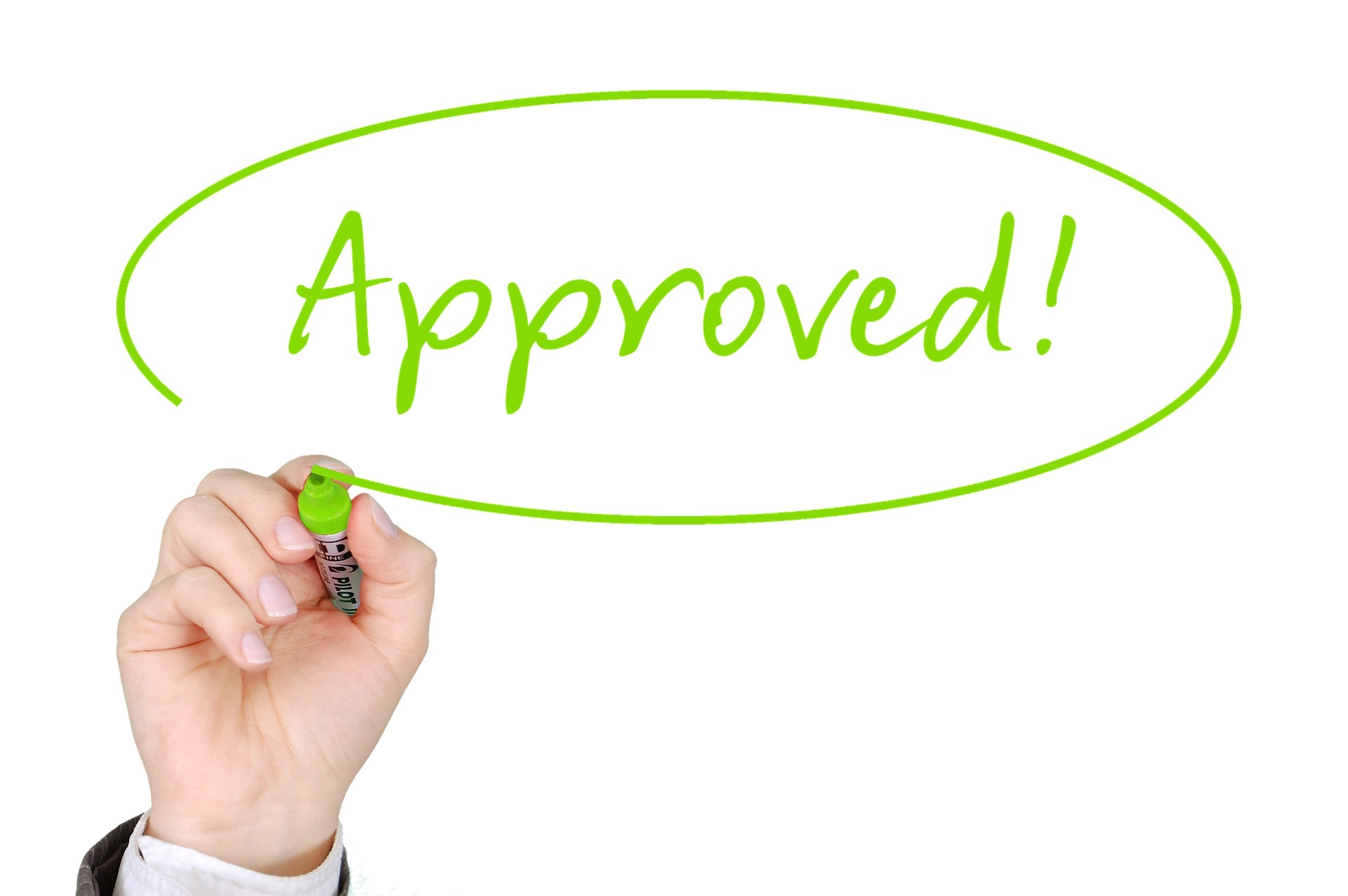
On Friday, June 5th, the H.R. 7010 Paycheck Protection Program Flexibility Act was signed into law. Under the new law, non-profits who have accepted Paycheck Protection Program (PPP) loans have triple the time to spend their funds and still qualify for forgiveness of the loans. Listed below are the major components of the Act which will provide much needed relief for non-profits as the reopening of the economy gradually comes to fruition.
1. Borrowers can now elect to extend their 8-week period to 24 weeks, or they may choose to keep the original 8 week period. This flexibility is designed to make it easier for more borrowers to reach full, or almost full, forgiveness.
2. The payroll expenditure requirement has been decreased from 75% to 60%. However, borrowers must spend at least 60% of the loan amount on payroll costs, or none of the loan will be forgiven. Currently, a borrower is required to reduce the amount eligible for forgiveness if less than 75% of eligible funds are used for payroll costs, but forgiveness is not eliminated if the 75% threshold is not met.
3. Borrowers can use the 24-week period to restore their workforce levels and wages to the pre-pandemic levels required for full forgiveness. The deadline to do this though has been extended to December 31, an extension from the previous June deadline.
4. The legislation includes two new exceptions allowing borrowers to achieve full PPP loan forgiveness, even if they are not able to completely restore their workforce. Previous guidance already allowed borrowers to exclude from those calculations employees who turned down good faith offers to be rehired at the same hours and wages as before the pandemic. With the new bill, borrowers can adjust their calculations if they could not find qualified employees or were unable to restore business operations to their February 15, 2020 levels due to the pandemic.
5. Borrowers now have five years to repay the loan instead of two. The interest rate remains at 1%.
6. The bill allows businesses that took a PPP loan to also delay payment of their payroll taxes, which was prohibited under the CARES Act.
We will continue to post updates regarding the PPP program as they become available. To apply for a PPP loan, there is an application on the Small Business Administration (SBA) web-site. Along with the application itself, you will need to complete a separate loan forgiveness application. SBA guidance on the PPP is continually being updated. Please contact us if you have any questions regarding the PPP program.


